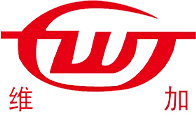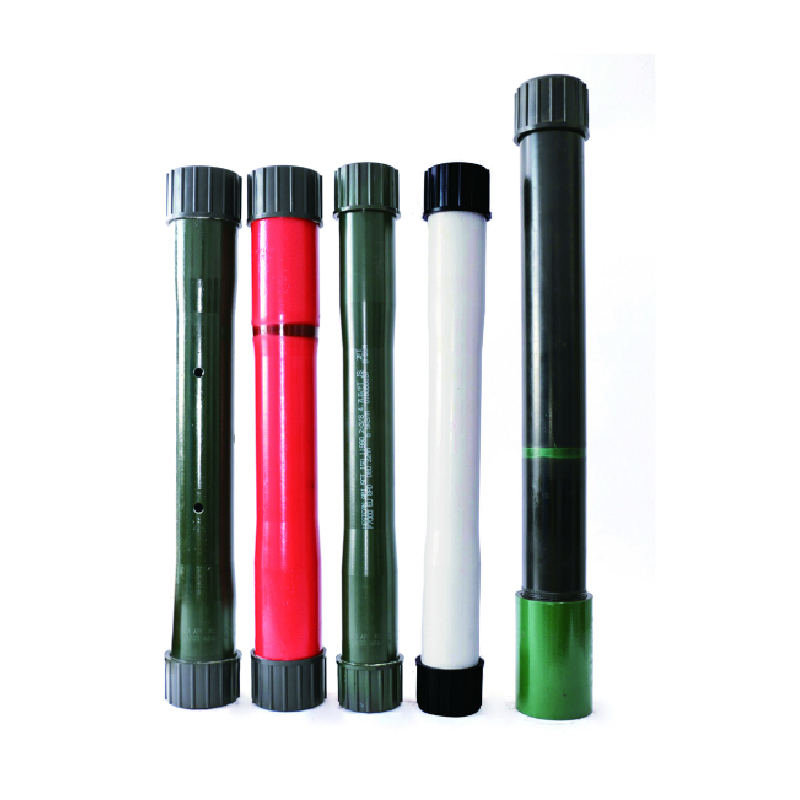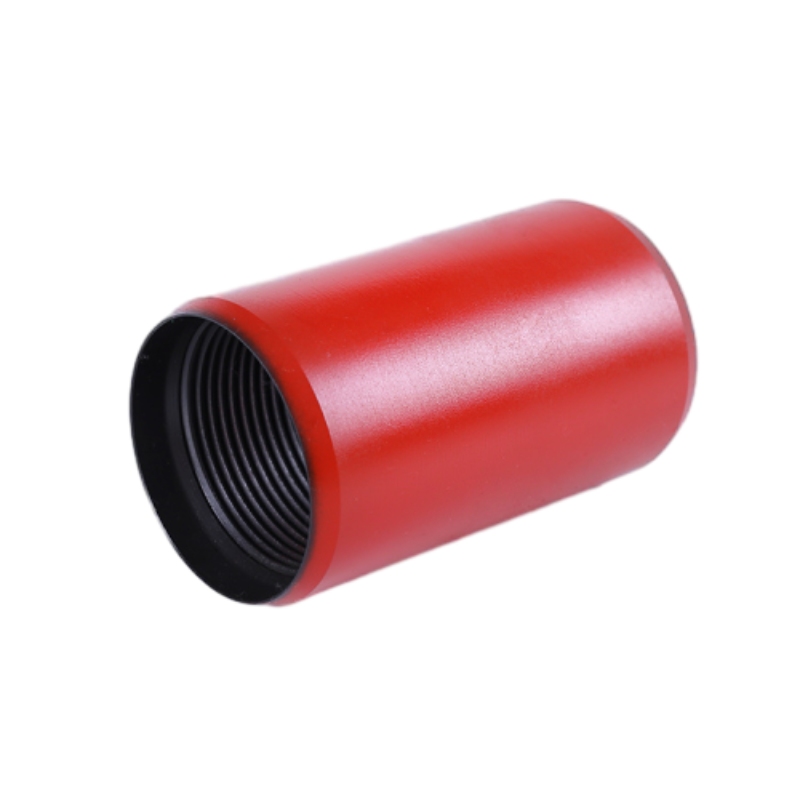Oct . 06, 2025 10:40
Back to list
Tubing Crossover for Drilling: Strong, Precise, Fast?
If you’ve ever been stuck matching dissimilar threads on a rig floor at 2 a.m., you know why a good tubing crossover matters. The Crossover from Hengshui Weijia Petroleum Equipment Manufacturing Co., Ltd. keeps popping up in my field notes—partly because it’s built for the real world, not just the spec sheet.
 Industry trend check: operators are juggling legacy wells, CCS/CO₂ injection, even geothermal tie-ins. That means mixed connections—NUE to EUE, BTC to premium, oddball size steps. A durable tubing crossover is the quiet hero here. In fact, demand is shifting toward sour-service metallurgy (think H2S) and tighter drift tolerances, while budgets still demand fast lead times. Tricky balance.
From a manufacturing standpoint, Weijia’s flow is straightforward but disciplined: choose steel (most commonly 4130/4140 or 9Cr/13Cr for corrosion), forge, normalize/quench-and-temper, precision machine per API 5B, phosphate to reduce galling, then thread-gage, drift, hydrotest (as required), and NDT (MPI/UT). Service life depends—honestly—on make-up torque control and environment, but many customers say they’ve run a Weijia tubing crossover through multiple workovers without visible galling.
Industry trend check: operators are juggling legacy wells, CCS/CO₂ injection, even geothermal tie-ins. That means mixed connections—NUE to EUE, BTC to premium, oddball size steps. A durable tubing crossover is the quiet hero here. In fact, demand is shifting toward sour-service metallurgy (think H2S) and tighter drift tolerances, while budgets still demand fast lead times. Tricky balance.
From a manufacturing standpoint, Weijia’s flow is straightforward but disciplined: choose steel (most commonly 4130/4140 or 9Cr/13Cr for corrosion), forge, normalize/quench-and-temper, precision machine per API 5B, phosphate to reduce galling, then thread-gage, drift, hydrotest (as required), and NDT (MPI/UT). Service life depends—honestly—on make-up torque control and environment, but many customers say they’ve run a Weijia tubing crossover through multiple workovers without visible galling.
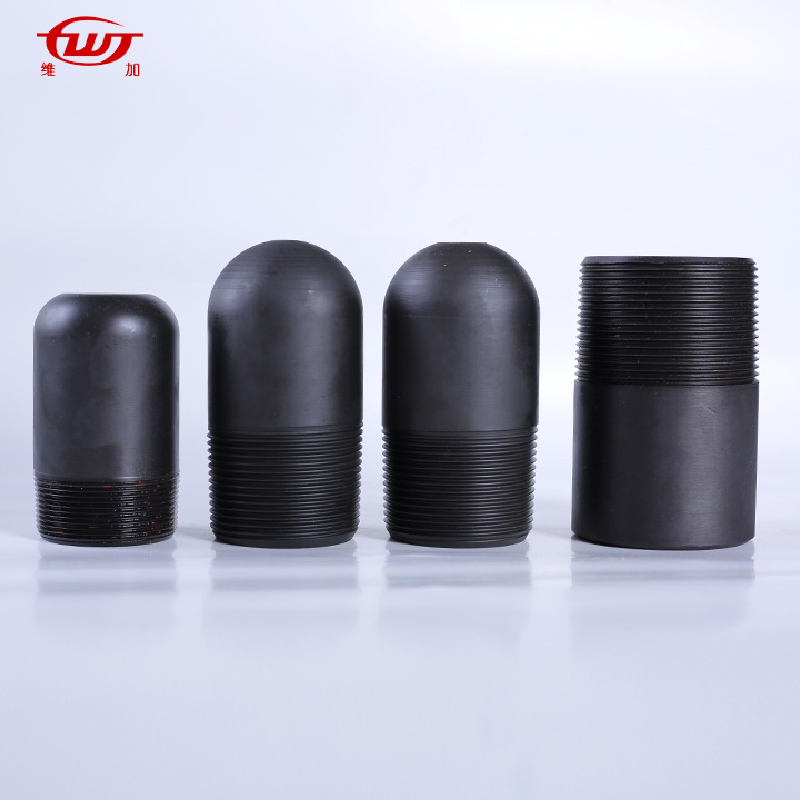 Product snapshot (real-world use may vary):
Product snapshot (real-world use may vary):
Where it’s used:
- Workover strings and remedial tubing strings
- Tie-ins between legacy and new completion hardware
- CO₂/CCUS injection wells and geothermal pilots
- Casing patch jobs where thread compatibility is a headache
Quick vendor comparison (my notes, not legal advice):
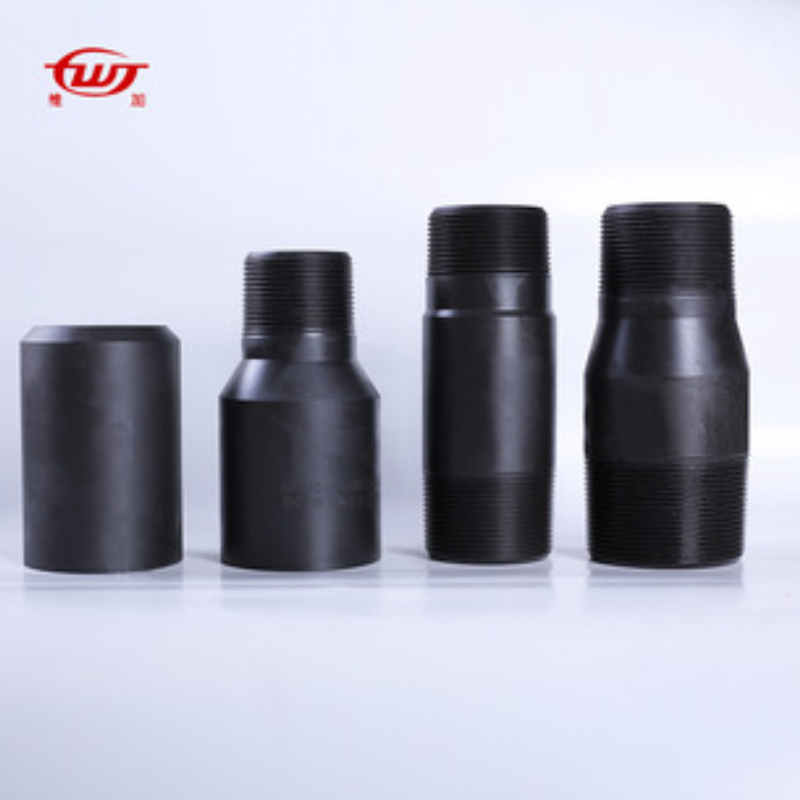 Field note (case study): one CO₂ EOR operator in the Ordos Basin swapped a mixed batch of shop-made adapters for a Weijia tubing crossover set. Results after 90 days: zero thread re-cuts, make-up torques within ±5% of target, and no redress despite frequent breakouts. It’s not miraculous—just consistent machining and decent phosphate.
Customization? Reasonable. If you need odd length, special bevels, premium-to-API transitions, or protective overlays for high-sand service, they’ll talk. Documentation usually includes MTRs, NDT logs, and, when requested, ISO 13679-style test summaries. To be honest, I like when a supplier shows drift and gage records without being asked.
Field note (case study): one CO₂ EOR operator in the Ordos Basin swapped a mixed batch of shop-made adapters for a Weijia tubing crossover set. Results after 90 days: zero thread re-cuts, make-up torques within ±5% of target, and no redress despite frequent breakouts. It’s not miraculous—just consistent machining and decent phosphate.
Customization? Reasonable. If you need odd length, special bevels, premium-to-API transitions, or protective overlays for high-sand service, they’ll talk. Documentation usually includes MTRs, NDT logs, and, when requested, ISO 13679-style test summaries. To be honest, I like when a supplier shows drift and gage records without being asked.
 Certifications and testing standards commonly referenced:
- API 5CT for casing/tubing requirements and marking
- API 5B for thread gauging and tolerances
- NACE MR0175/ISO 15156 for sour-service material selection
- ISO 13679 for connector testing methodology
Final thought: a reliable tubing crossover doesn’t call attention to itself. It just connects, seals, and lets the operation move on. That, frankly, is exactly what you want.
References:
1) API Specification 5CT — Casing and Tubing, American Petroleum Institute.
2) API Specification 5B — Threading, Gauging, and Thread Inspection of Casing, Tubing, and Line Pipe Threads, API.
3) NACE MR0175/ISO 15156 — Petroleum and natural gas industries — Materials for use in H2S-containing environments in oil and gas production.
4) ISO 13679 — Procedures for testing casing and tubing connections.
Certifications and testing standards commonly referenced:
- API 5CT for casing/tubing requirements and marking
- API 5B for thread gauging and tolerances
- NACE MR0175/ISO 15156 for sour-service material selection
- ISO 13679 for connector testing methodology
Final thought: a reliable tubing crossover doesn’t call attention to itself. It just connects, seals, and lets the operation move on. That, frankly, is exactly what you want.
References:
1) API Specification 5CT — Casing and Tubing, American Petroleum Institute.
2) API Specification 5B — Threading, Gauging, and Thread Inspection of Casing, Tubing, and Line Pipe Threads, API.
3) NACE MR0175/ISO 15156 — Petroleum and natural gas industries — Materials for use in H2S-containing environments in oil and gas production.
4) ISO 13679 — Procedures for testing casing and tubing connections.
 Industry trend check: operators are juggling legacy wells, CCS/CO₂ injection, even geothermal tie-ins. That means mixed connections—NUE to EUE, BTC to premium, oddball size steps. A durable tubing crossover is the quiet hero here. In fact, demand is shifting toward sour-service metallurgy (think H2S) and tighter drift tolerances, while budgets still demand fast lead times. Tricky balance.
From a manufacturing standpoint, Weijia’s flow is straightforward but disciplined: choose steel (most commonly 4130/4140 or 9Cr/13Cr for corrosion), forge, normalize/quench-and-temper, precision machine per API 5B, phosphate to reduce galling, then thread-gage, drift, hydrotest (as required), and NDT (MPI/UT). Service life depends—honestly—on make-up torque control and environment, but many customers say they’ve run a Weijia tubing crossover through multiple workovers without visible galling.
Industry trend check: operators are juggling legacy wells, CCS/CO₂ injection, even geothermal tie-ins. That means mixed connections—NUE to EUE, BTC to premium, oddball size steps. A durable tubing crossover is the quiet hero here. In fact, demand is shifting toward sour-service metallurgy (think H2S) and tighter drift tolerances, while budgets still demand fast lead times. Tricky balance.
From a manufacturing standpoint, Weijia’s flow is straightforward but disciplined: choose steel (most commonly 4130/4140 or 9Cr/13Cr for corrosion), forge, normalize/quench-and-temper, precision machine per API 5B, phosphate to reduce galling, then thread-gage, drift, hydrotest (as required), and NDT (MPI/UT). Service life depends—honestly—on make-up torque control and environment, but many customers say they’ve run a Weijia tubing crossover through multiple workovers without visible galling.
 Product snapshot (real-world use may vary):
Product snapshot (real-world use may vary):
| Parameter | Typical Spec (≈) |
|---|---|
| Connection Types | NUE, EUE, LTC, BTC, STC; premium-compatible on request |
| Size Range | Tubing 1.9"–4.5"; Casing 4.5"–13-3/8" |
| Materials/Grades | AISI 4130/4140, 9Cr/13Cr; NACE MR0175 compliant options |
| Coatings | Phosphate, copper plating, or dry-film thread compound |
| Testing | Dimensional, API thread gage, drift, MPI/UT; hydrostatic on request |
| Standards | API 5CT, API 5B, ISO 13679 (as applicable) |
| Typical Service Temp | -20°C to 120°C; high-temp options available |
| Vendor | Thread Range | Sour Service | Lead Time | Certs |
|---|---|---|---|---|
| Weijia (Crossover) | NUE/EUE/LTC/BTC/STC; premium-ready | Yes (MR0175 options) | ≈2–4 weeks | Mill certs, NDT reports, API alignment |
| Vendor A | Limited premium | Selective | ≈4–6 weeks | Basic COAs |
| Vendor B | Broad, but pricier | Yes | ≈3–5 weeks | API + customer audits |
 Field note (case study): one CO₂ EOR operator in the Ordos Basin swapped a mixed batch of shop-made adapters for a Weijia tubing crossover set. Results after 90 days: zero thread re-cuts, make-up torques within ±5% of target, and no redress despite frequent breakouts. It’s not miraculous—just consistent machining and decent phosphate.
Customization? Reasonable. If you need odd length, special bevels, premium-to-API transitions, or protective overlays for high-sand service, they’ll talk. Documentation usually includes MTRs, NDT logs, and, when requested, ISO 13679-style test summaries. To be honest, I like when a supplier shows drift and gage records without being asked.
Field note (case study): one CO₂ EOR operator in the Ordos Basin swapped a mixed batch of shop-made adapters for a Weijia tubing crossover set. Results after 90 days: zero thread re-cuts, make-up torques within ±5% of target, and no redress despite frequent breakouts. It’s not miraculous—just consistent machining and decent phosphate.
Customization? Reasonable. If you need odd length, special bevels, premium-to-API transitions, or protective overlays for high-sand service, they’ll talk. Documentation usually includes MTRs, NDT logs, and, when requested, ISO 13679-style test summaries. To be honest, I like when a supplier shows drift and gage records without being asked.
 Certifications and testing standards commonly referenced:
- API 5CT for casing/tubing requirements and marking
- API 5B for thread gauging and tolerances
- NACE MR0175/ISO 15156 for sour-service material selection
- ISO 13679 for connector testing methodology
Final thought: a reliable tubing crossover doesn’t call attention to itself. It just connects, seals, and lets the operation move on. That, frankly, is exactly what you want.
References:
1) API Specification 5CT — Casing and Tubing, American Petroleum Institute.
2) API Specification 5B — Threading, Gauging, and Thread Inspection of Casing, Tubing, and Line Pipe Threads, API.
3) NACE MR0175/ISO 15156 — Petroleum and natural gas industries — Materials for use in H2S-containing environments in oil and gas production.
4) ISO 13679 — Procedures for testing casing and tubing connections.
Certifications and testing standards commonly referenced:
- API 5CT for casing/tubing requirements and marking
- API 5B for thread gauging and tolerances
- NACE MR0175/ISO 15156 for sour-service material selection
- ISO 13679 for connector testing methodology
Final thought: a reliable tubing crossover doesn’t call attention to itself. It just connects, seals, and lets the operation move on. That, frankly, is exactly what you want.
References:
1) API Specification 5CT — Casing and Tubing, American Petroleum Institute.
2) API Specification 5B — Threading, Gauging, and Thread Inspection of Casing, Tubing, and Line Pipe Threads, API.
3) NACE MR0175/ISO 15156 — Petroleum and natural gas industries — Materials for use in H2S-containing environments in oil and gas production.
4) ISO 13679 — Procedures for testing casing and tubing connections.
Latest news
-
Tubing Crossover - API Compatible, Custom Sizes, In StockNewsNov.10,2025
-
Tubing Coupling | High-Strength, Leak-Proof Steel CouplingsNewsNov.10,2025
-
Wholesale API Threading Casing Coupling | API 5CT, Fast ShipNewsNov.10,2025
-
Pup Joint Supplier | API Certified, Custom, Quick ShipNewsNov.10,2025
-
Pup Joint Manufacturers | Precision Machined, Fast DeliveryNewsNov.10,2025
-
Tubing Coupling | Precision Steel, Leak-Proof, Fast DeliveryNewsNov.03,2025
Related Products
